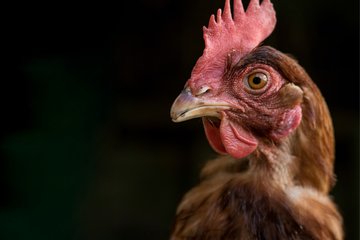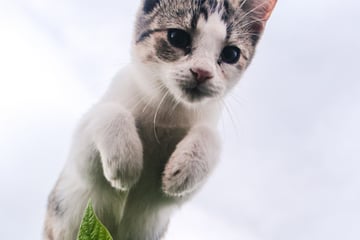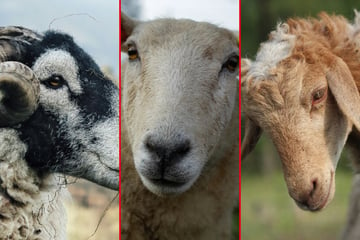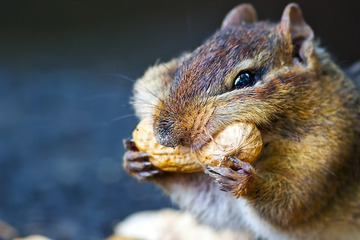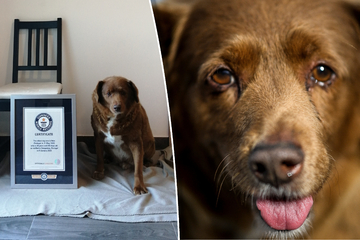What is the most venomous lizard in the world?
Many lizards crawl through the brush, but few are particularly poisonous – indeed, that is a domain that primarily belongs to the slivering snake. The most venomous lizard in the world, though, is a whole other story.
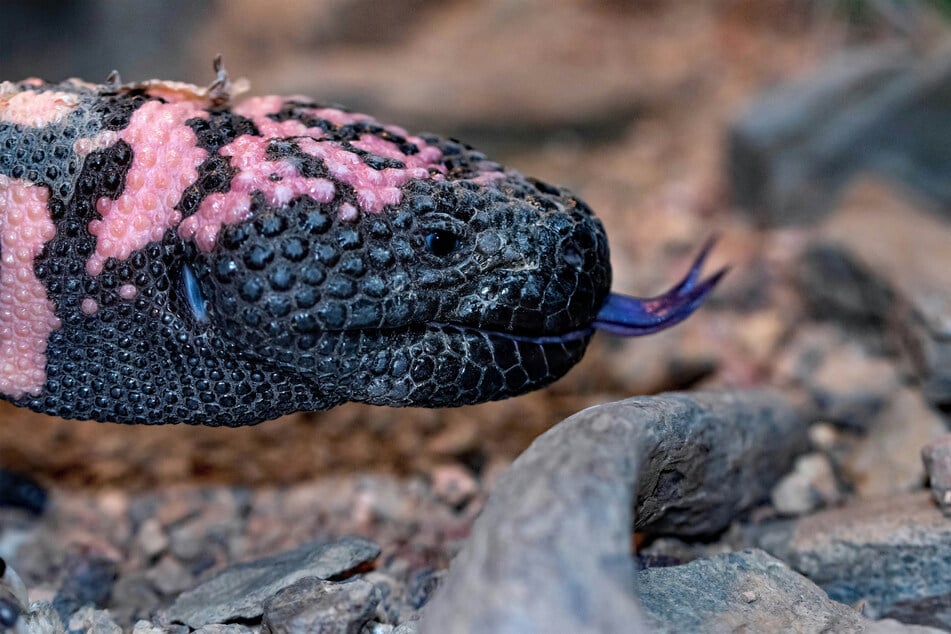
With tiny legs that wiggle along the ground at speeds none would expect, lizards are some of the most fascinating reptiles in the world. They are also, when compared to the likes of the crocodile and snake, some of the safest. This lizard, as venomous and deadly as it is, breaks that trend.
So, which lizard holds the animal world record for being the most venomous lizard in the world? Why is it particularly deadly, where does it live, and what's behind that venomous bite? It's time for another world record journey, so let's get on with it!
Gila monster: The most venomous lizard in the world
As confirmed by Guinness World Records, the Gila monster (heloderma suspectum) is considered the world's most venomous lizard. Native to the southwest of the continental United States, as well as the northeast of Mexico, these black lizards have tails that resemble a rattlesnake and a color scheme that is extremely hard to forget.
Despite how deadly the venom produced by the Gila monster is and how lethal it can be when injected into a human, very few people die from bites every year. While the precise toxicity of the Gila monster's venom is not entirely known, it is thought that a bite from one of these crazy creatures is equivalent to the bite of a western diamondback rattlesnake (Crotalus atrox).
Huge and heavy, at more than 22 inches in length and around 1.5 pounds in weight, these huge creatures are relatively slow-moving, making them easy to avoid and not particularly dangerous. It is believed that the Gila monster's evolutionary history dates back as far as the Cretaceous period, making it one of the world's oldest reptiles.
They generally eat small animals, including rabbits, mice, and other rodents, but have also been known to eat birds, snakes, other lizards, and even frogs. The Gila monster has an extraordinary sense of smell and is capable of locating its prey easily, moving slowly to avoid detection before striking with a great deal of force and a lot of venom.
As frightening and crazy as the Gila monster is, it's not a lizard you should worry about too much. They are big, venomous, and incredibly interesting, but they are not particularly dangerous to humans.
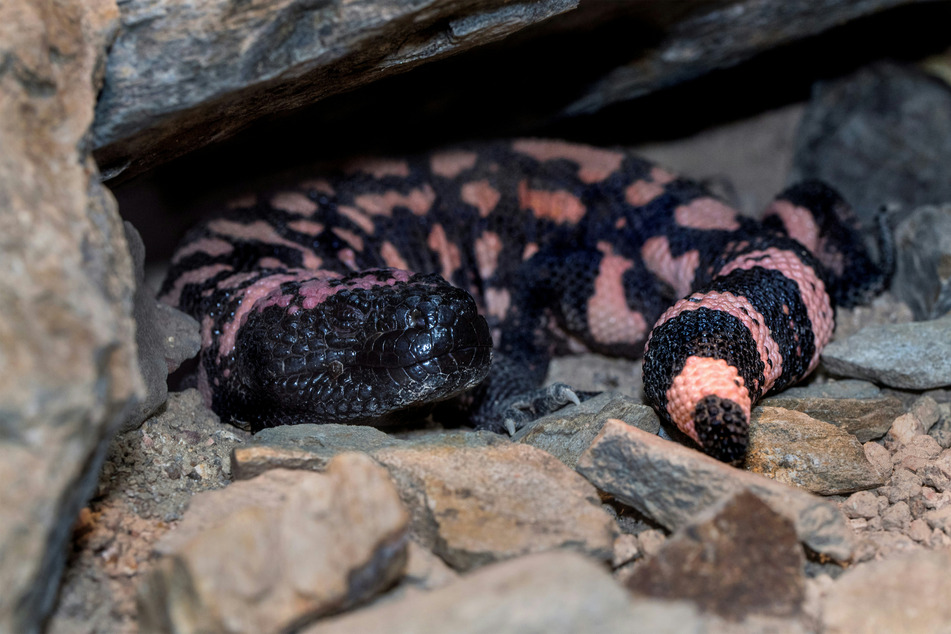
Gila monster habitat
Typically found in Arizona, California, Nevada, Utah, and New Mexico, as well as parts of northwestern Mexico, the Gila monster can generally be found in desert areas and scrubland. In particular, areas of desert densely populated by succulents and occasional scrub are of particular interest to the Gila monster.
They generally take shelter in small little hidey-holes found under rocks and in thickets, and while they have been known to build small little burrows, they rarely stay long and spend a lot of time moving around. When they are staying in a particular spot, though, they generally keep to their hiding hole, venturing out only to find food and water.
It is quite unlikely that you will find or encounter a Gila monster without specifically looking for one. They are scared of you and keep to themselves, hiding in their little nests. However, if you do, it's best to keep your distance.
Gila monster bite and venom
The lethal dose for a Gila monster bite is 0.4 milligrams per kilogram (2.2 pounds). As a result, even the smallest of bites can be significantly dangerous if applied to a human being. Still, no fatalities have been reported from the bite of a Gila monster since as far back as 1930, and even before that time, very few ever died from being bitten.
Unlike snakes, which produce their venom in glands behind the eyes, the Gila monster actually creates venom using its salivary glands. This results in a nasty smell that can be experienced even a decent distance from the lizard itself. Much like your average snake, though, the Gila monster will inject its venom into you via structures in the teeth that allow for its delivery.
There is now a relatively effective treatment for Gila monster bites, making them pretty harmless if you get to a hospital quickly. Still, they are excruciatingly painful and not something to be taken lightly.
Are there many venomous lizards in the world?
There are very few venomous lizards in the world, the most well-known being the Gila monster, the Komodo dragon, and the Mexican beaded lizard. Others do exist, especially in Australia (where there are a variety of venomous lizard species), but they are very rare and hardly pose any threat to human beings. When it comes to those we have listed, though, it is best to steer clear.
For the most part, it isn't lizard venom that you should worry about. Many people try to touch lizards when they get close and end up bitten. Lizards often have very strong jaws that can easily snap your finger off – so be careful, and no touchies!
Cover photo: Unsplash/David Clode
